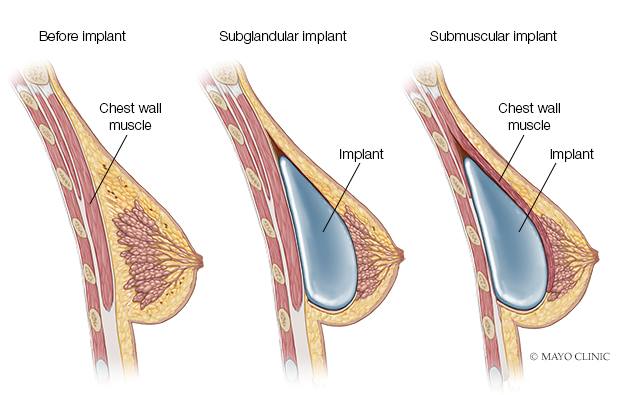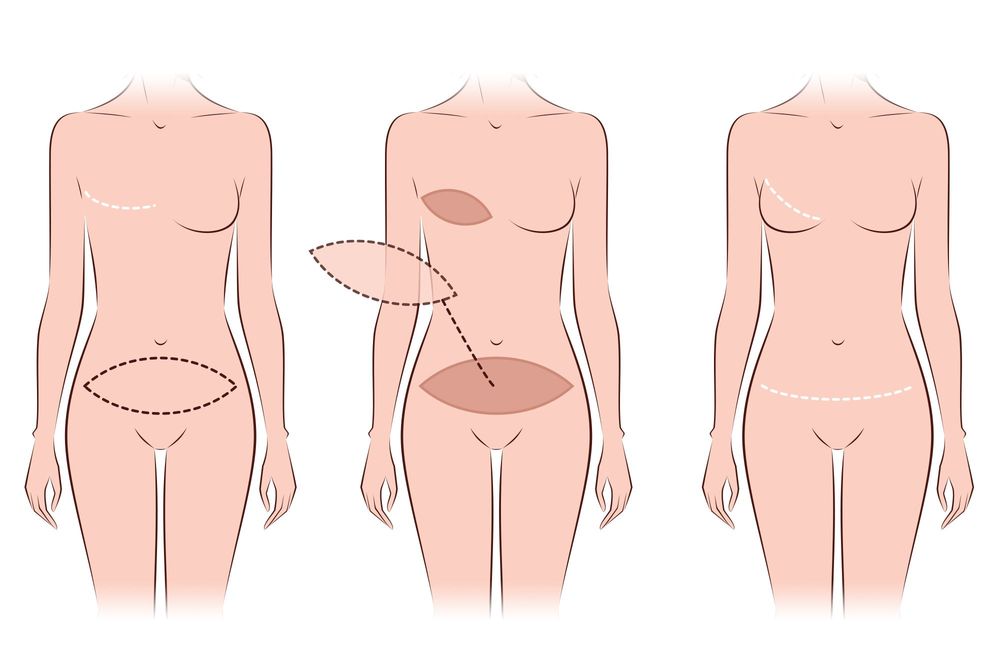What is the cost of breast reconstruction in Sydney?
Breast reconstruction comes in a wide variety of forms and the cost in the private sector is dependent on the stages of surgery, and type of reconstruction. Different types of breast reconstruction have different complexity and therefore different amount of time and effort required by the surgeon for your surgery.
It also depends on whether it is performed at the same time as the mastectomy or in a delayed fashion, and may also include costs for an anaesthetist, surgical assistant, hospital excess, and other fees. Usually, in the private sector, all fees are quoted inclusive of follow up both in hospital and in rooms after the surgery.
What is the cost of breast reconstruction in a public hospital?
In Australia, it is possible to have all forms of breast reconstruction in a public hospital free of charge, covered entirely by Medicare. Read what it means to be a public patient section of our website for more information. The main limitations of this option are:
– Possible increased wait time
– Less say of when and where your surgery will be performed with limited flexibility
– Registrars or fellows may be doing all or part of the procedure
– Follow up is generally in public hospital clinics, and wait associated with these
– Your date of surgery or supervising surgeon may be changed
Why is there is an out of pocket cost for breast reconstruction in a private hospital?
Despite having ‘top’ level of cover many patients ask why there is an out of pocket for procedures done in the private sector. This also applies to breast reconstruction. This is because the reimbursement or what Medicare and Health Funds pay is dependent on the schedule fee as listed for each Medicare item number. Unfortunately, the government has frozen this for decades meaning the reimbursement for each procedure is way behind what the actual cost of the procedure.
The Australian Medical Association each year publishes what it considers the fair value to be charged for each procedure and this is what many surgeons, including plastic surgeons, use to guide their fee structure. This means there is usually a ‘gap’ between the AMA fee and the Medicare schedule fee, and this constitutes the out of pocket cost. This often applies to both surgeon’s fees and anaesthetist’s fees.
While the main disadvantage of private treatment is an out of pocket cost, there are many advantages of private treatment:
– Total flexibility over time: often surgeons work with the patient’s time commitments and availability as to when to schedule the surgery
– Complete say over where your surgery will be performed
– Complete choice over surgeon and the main consultant surgeon performing your surgery
– Follow up is in private rooms with direct contact with the main surgeon who makes all the decisions
– Your date of surgery is usually fixed and won’t be changed (Unless negotiated with you)
What are the aims of breast reconstruction?
The aim of breast reconstruction is to:
– Create a breast mound
– Look great in clothes (even tight-fitting dresses)
– Achieve symmetry with the opposite breast (in cases of one-sided or unilateral reconstruction)
– Avoid the use of a prosthesis
What types of breast reconstruction are there?
There are 3 main categories:
- Implant or expander based breast reconstruction (i.e. using foreign tissue)
- Autologous breast reconstruction (using your own tissue only)
- Combination of autologous and implant or expander reconstruction – usually reserved for patients who have required radiation in their cancer treatment and do not have enough own tissue to make an entire breast
In general breast reconstruction is always a staged operation. This is often the case with implant reconstruction, which is often performed in 2 stages. Own tissue reconstruction is usually performed in a single stage but there may be a second stage for nipple reconstruction.

What is the cost of DIEP flap surgery in Sydney?
The approximate out of pocket cost for DIEP flap surgery (as at February 2020) in the private sector is:
– Approx. $25,000 for a bilateral procedure (double reconstruction) – this includes the cost of 2 plastic surgeons, surgical assistants, an anaesthetist and all follow-up. In case of any complications, no further fees apply.
– Approx. $19,000 for a unilateral procedure (single reconstruction) – this includes the cost of 2 plastic surgeons, surgical assistants, an anaesthetist and all follow-up. In case of any complications, no further fees apply.
– These fees assume appropriate health insurance coverage and do not include fees for a breast surgeon (where needed) or the hospital excess.

What is the cost of implant breast reconstruction in Sydney?
The approximate out of pocket cost for breast implant-based reconstruction (as at February 2020) in the private sector is:
– Double reconstruction
o Approximately $7000-8000 for stage 1 – this includes the cost of a plastic surgeon, surgical assistant, an anaesthetist, prosthesis, and all follow-up. In case of any complications, no further fees apply.
o Approximately $5000-6000 for stage 2
– Single reconstruction
o Approximately $3000-4500 for stage 1 – this includes the cost of a plastic surgeon, surgical assistant, an anaesthetist, prosthesis, and all follow-up. In case of any complications, no further fees apply.
o Approximately $7000-8000 for stage 2 (often including an opposite breast reduction or breast lift, of the non-reconstructed breast)
What is the cost of latissimus dorsi reconstruction in Sydney?
The approximate out of pocket cost for latissimus dorsi based reconstruction is calculated on an individual basis and it depends on if this is being performed alone on one side or combined with reconstruction on the opposite side.
Who is the best breast reconstruction plastic surgeon in Sydney?
This is a difficult question to answer and often the answers are all inherently biased. Rather than giving you a specific answer the things you should look for when choosing a breast reconstruction surgeon, ask or research the following:
o Does the surgeon perform breast reconstruction regularly in the private sector?
o Have you had direct contact with patients who have been operated on by your nominated surgeon? What were their experience and outcome? What are the patient reviews specifically regarding breast reconstruction?
o How many breast reconstructions has the surgeon performed and specifically the type of reconstruction you are interested in?
o It is important to ask does your surgeon if he/she performs both own tissue reconstruction (such as DIEP flaps) as well as implants (as if they don’t do own tissue reconstruction, they will not be in a position to offer you the whole range of options).
o What training have they had in breast reconstruction and specifically own tissue reconstruction (which involves complex microsurgery)? Have they done a fellowship in this area?
o Does your surgeon work in a public hospital? (Public hospitals only employ safe and reputable surgeons and being part of a busy tertiary hospital may give you confidence the surgeon is of a certain standing)
o Does your surgeon perform breast reconstruction in a public and private hospital? (This will allow them to offer you reconstruction regardless of cost, and also advise you as to the volume and difficulty of work they may be doing)
To read about Dr Aggarwal’s qualifications, hospital appointments and bio click here.



